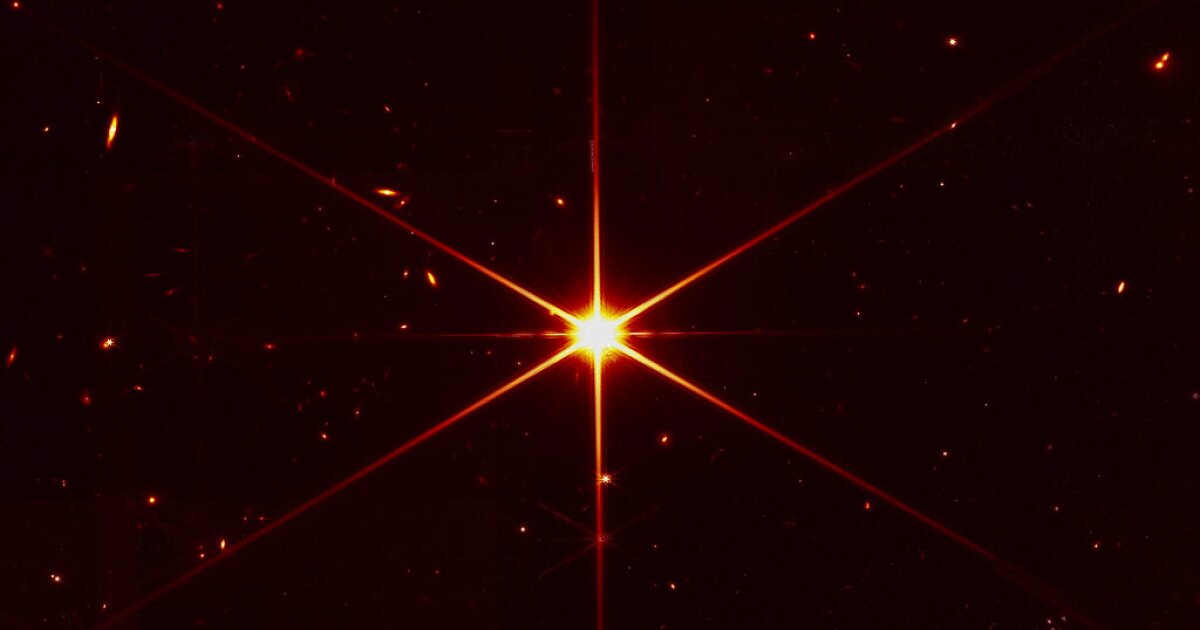

Astronomers around the globe spotted the most powerful gamma ray burst in recorded history last week, NASA announced Thursday.
A wave of X-rays and gamma rays passed through the solar system, setting off radiation detectors on NASA’s Fermi Gamma-ray Space Telescope, the Neil Gehrels Swift Observatory, and the Wind spacecraft on Sunday. The pulse was detected from the Sagitta constellation and likely occurred when a massive star collapsed on itself, creating a new black hole, astronomers said. The explosion, dubbed GRB221009A, is also believed to be one of the closest bursts to the Earth ever recorded, at 2.4 billion light years away.
SEE IT: NASA’S WEBB TELESCOPE CAPTURES PAIR OF STARS CREATING ‘FINGERPRINT’ PATTERN
“This burst is much closer than typical GRBs, which is exciting because it allows us to detect many details that otherwise would be too faint to see,” Roberta Pillera, a doctoral student at the Polytechnic University of Bari in Italy, said. “But it’s also among the most energetic and luminous bursts ever seen regardless of distance, making it doubly exciting.”
Although the burst appeared 20 times closer to Earth than an average gamma ray burst, it was too far to pose a danger to the Earth. However, a closer burst can prove catastrophic to the planet, according to NASA.
There are two forms of gamma ray bursts. Short bursts last no longer than two seconds and are more rare. These bursts make up about 30% of the bursts and are believed to be caused by the collisions of two neutron stars, according to Science Alert. Long gamma ray bursts can last up to several minutes and are likely produced by hypernovas. Hypernovas are star explosions that are 100 times brighter than supernovas.
“When you are dealing with cosmic explosions that blast out stellar remains at near the speed of light, leaving a black hole behind, you are watching physics occurring in the most extreme environments that are impossible to recreate on Earth,” Gemma Anderson, who is with the International Centre for Radio Astronomy Research in Australia, told the outlet. “We still don’t fully understand this process. Such a nearby explosion means we can collect very high quality data to study and understand how such explosions occur.”
CLICK HERE TO READ MORE FROM THE WASHINGTON EXAMINER
Astronomers will continue using telescopes to record as much data from the explosion as possible, using as many wavelengths as they can to get the most accurate picture of the rare event. The incident was also recorded in the Astronomer’s Telegram.





